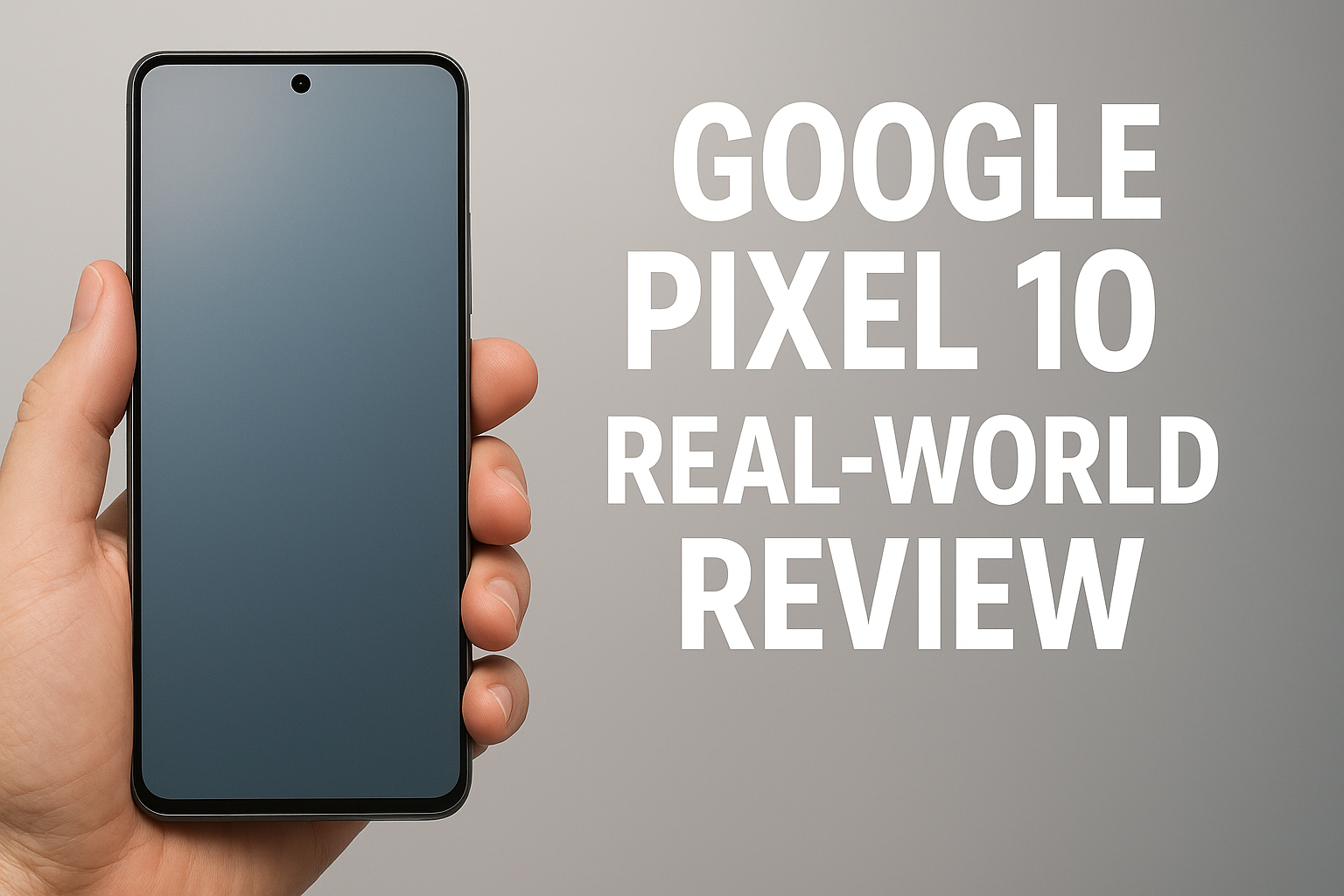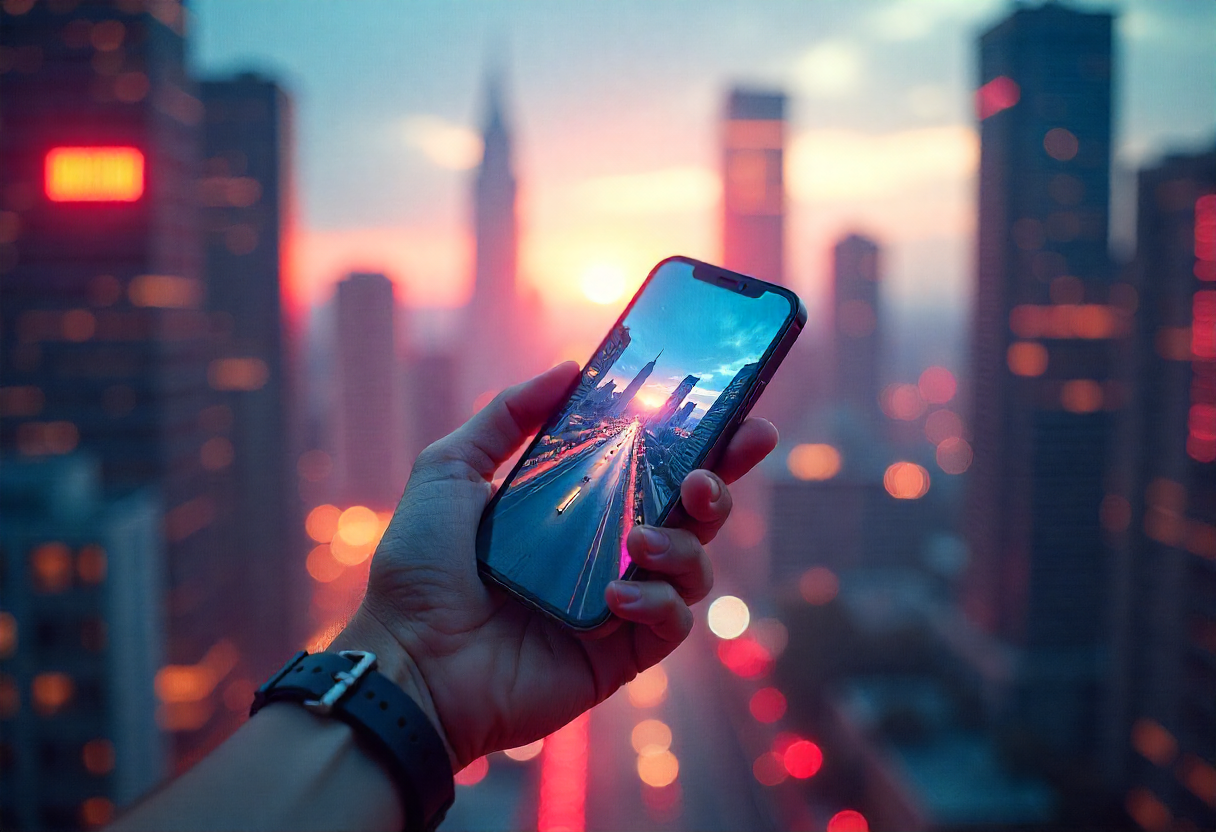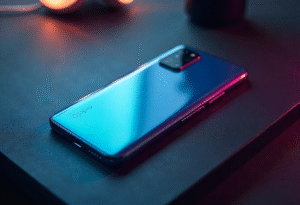iPhone 17 Overheating: Apple’s New Cooling System Explained
Solving the iPhone 17 Overheating Rumors: An In-Depth Look at Apple’s New Cooling System
The iPhone 17 overheating concerns that dominated tech forums throughout 2024 appear to be a thing of the past. After five years of thermal management struggles, Apple has finally implemented a revolutionary cooling solution that addresses the persistent overheating issues that plagued previous iPhone models. Early testing and teardown analysis reveal that the iPhone 17 Pro series features groundbreaking vapor chamber cooling technology, marking a significant departure from traditional thermal management approaches.
This comprehensive analysis examines how Apple’s new cooling system works, why previous iPhone models struggled with heat management, and what this means for users who experienced throttling and performance issues. The latest teardown reports confirm that Apple has fundamentally redesigned the iPhone’s thermal architecture to deliver consistent performance under heavy loads.
Understanding the iPhone 17 Overheating Problem
The iPhone overheating saga began with the iPhone 12 Pro series, where the introduction of 5G connectivity combined with inadequate thermal management created a perfect storm of heat-related issues. Users reported devices becoming uncomfortably hot during normal usage, with the phone displaying temperature warnings and throttling performance to prevent damage.
The problem intensified with subsequent generations, particularly affecting the iPhone 14 Pro and iPhone 15 Pro models. Despite Apple’s transition to more efficient 3nm chip architecture and premium titanium construction, thermal issues persisted. The overheating complaints reached a peak when nearly 30% of surveyed users identified thermal performance as their primary concern with iPhone Pro models.
Impact on User Experience
The overheating issues created cascading problems that significantly impacted daily usage:
- Performance throttling during gaming and video editing
- Rapid battery drain due to excessive heat generation
- Display dimming and reduced brightness in outdoor conditions
- Camera app crashes during extended recording sessions
- Uncomfortable handling temperatures during charging
Apple’s Revolutionary Vapor Chamber Cooling Solution
The iPhone 17 Pro and Pro Max models represent Apple’s most significant thermal management advancement in smartphone history. The new Apple cooling system centers around vapor chamber technology, a sophisticated heat dissipation method previously exclusive to high-end Android devices and gaming laptops.
Vapor chamber cooling operates on a closed-loop evaporation and condensation cycle. When the A19 Pro processor generates heat, a small amount of deionized water within the chamber evaporates, carrying thermal energy away from the heat source. The vapor travels to cooler areas of the device, where it condenses back into liquid form, releasing the absorbed heat and returning to the processor via capillary action.
Technical Specifications and Design
Apple’s implementation of vapor chamber cooling includes several innovative features:
- Ultra-thin copper heat spreader integrated with the A19 Pro chip package
- Proprietary wick structure optimized for smartphone form factors
- Enhanced thermal interface materials for improved heat transfer
- Redesigned internal chassis to maximize heat dissipation surface area
The system works in conjunction with a new graphene-based heat dissipation layer, replacing the traditional graphite sheets used in previous iPhone models. This combination provides up to 40% better thermal conductivity compared to the iPhone 15 Pro’s cooling solution.
Comparing iPhone Thermal Management Evolution
Apple’s approach to iPhone thermal management has evolved significantly over the past decade:
| iPhone Generation | Cooling Technology | Thermal Performance | Common Issues |
|---|---|---|---|
| iPhone 11 Pro | Basic graphite sheets | Adequate for chip performance | Minor heating during heavy usage |
| iPhone 12 Pro | Improved graphite + 5G | Struggled with 5G heat | Frequent overheating warnings |
| iPhone 13 Pro | Enhanced graphite design | Better but inconsistent | Gaming performance throttling |
| iPhone 14 Pro | Titanium + graphite | Heat retention problems | Display dimming, battery drain |
| iPhone 15 Pro | 3nm chip + graphite | Marginal improvement | Persistent heating during charging |
| iPhone 17 Pro | Vapor chamber system | Superior heat dissipation | Minimal reported issues |
Real-World Performance Testing Results
Independent testing has revealed dramatic improvements in the iPhone 17 Pro’s thermal performance. Early user reports indicate that the device maintains comfortable temperatures even during intensive tasks that would previously trigger thermal warnings.
Gaming Performance Benchmarks
Extended gaming sessions with demanding titles like PUBG Mobile, Call of Duty Mobile, and Genshin Impact show remarkable thermal stability. The iPhone 17 Pro maintains peak performance for over two hours without significant throttling, compared to the iPhone 15 Pro’s 20-minute threshold before thermal limits kicked in.
Video Recording and Professional Usage
Content creators particularly benefit from the improved thermal design. The iPhone 17 Pro can record 4K ProRes video for extended periods without overheating, addressing a major limitation that forced many professionals to seek alternative solutions for video production workflows.
The Science Behind Vapor Chamber Technology
Understanding how vapor chambers work reveals why this technology represents such a significant advancement for smartphone cooling. The physics involves phase-change heat transfer, which is dramatically more efficient than traditional conduction-based cooling methods.
Heat Transfer Efficiency
Traditional graphite sheets rely on thermal conduction, where heat moves through solid materials. This process is limited by the material’s thermal conductivity and the physical path available for heat transfer. Vapor chambers leverage the latent heat of vaporization, utilizing the energy required to change water from liquid to vapor state.
This phase-change process can transfer 10-100 times more thermal energy than conduction alone, explaining why the iPhone 17 Pro demonstrates such superior cooling performance compared to previous generations.
Industry Impact and Competitive Landscape
Apple’s adoption of vapor chamber cooling brings iPhone thermal management in line with premium Android devices that have featured this technology for several years. Samsung Galaxy S22 Ultra and Google Pixel 9 Pro models have successfully implemented vapor cooling, proving its effectiveness in smartphone applications.
However, Apple’s characteristically delayed but refined approach appears to have yielded superior results. The iPhone 17 Pro’s vapor chamber system is specifically optimized for iOS thermal management algorithms and the A19 Pro chip architecture, potentially delivering better efficiency than larger, less integrated Android solutions.
Implications for Future iPhone Development
The successful implementation of vapor chamber cooling opens new possibilities for iPhone performance and capabilities:
- Sustained AI processing for advanced machine learning tasks
- Enhanced augmented reality experiences without thermal limitations
- Professional video production capabilities rivaling dedicated cameras
- Extended gaming sessions with console-quality graphics
- Improved wireless charging speeds without overheating concerns
User Experience Improvements
The elimination of iPhone 17 overheating issues creates tangible benefits that extend beyond raw performance metrics. Users report significantly improved comfort during extended device usage, with the iPhone maintaining comfortable handling temperatures even during processor-intensive tasks.
Battery Life and Longevity
Effective thermal management directly impacts battery performance and longevity. High temperatures accelerate lithium-ion battery degradation and increase discharge rates. The iPhone 17 Pro’s superior cooling system helps maintain optimal battery operating temperatures, potentially extending overall battery lifespan and daily usage time.
Display Performance and Outdoor Visibility
Previous iPhone models would reduce display brightness when internal temperatures exceeded safe operating limits. The iPhone 17 Pro maintains full brightness levels even during demanding tasks, ensuring consistent visibility in bright outdoor conditions where previous models would dim automatically.
Technical Implementation Challenges
Integrating vapor chamber cooling into the iPhone’s compact form factor presented significant engineering challenges. Apple’s solution required innovative miniaturization techniques and careful thermal pathway design to fit within the iPhone’s constrained internal volume.
Manufacturing and Cost Considerations
Vapor chamber production involves precise manufacturing tolerances and specialized materials, contributing to the iPhone 17 Pro’s premium pricing. However, the long-term benefits in device reliability and user satisfaction justify the additional manufacturing complexity.
Troubleshooting and Maintenance
While the iPhone 17 Pro’s advanced cooling system dramatically reduces overheating incidents, users should still follow best practices for optimal thermal performance:
- Remove thick cases during intensive gaming or video recording
- Avoid direct sunlight exposure during heavy processor usage
- Close background applications when not needed
- Use Apple-certified chargers to prevent excessive heat generation
- Keep software updated for optimal thermal management algorithms
Future Outlook and Technology Evolution
Apple’s successful implementation of vapor chamber cooling in the iPhone 17 Pro sets the foundation for future innovations in mobile thermal management. Next-generation improvements may include active cooling elements, advanced thermal interface materials, and AI-driven temperature prediction algorithms.
The thermal headroom provided by the new cooling system also enables Apple to push mobile processor performance boundaries without thermal constraints. Future A-series chips can potentially operate at higher clock speeds and support more demanding computational tasks, knowing that the thermal system can handle the increased heat generation.
Frequently Asked Questions
Will the iPhone 17 overheating issues affect all models?
The vapor chamber cooling system is exclusive to the iPhone 17 Pro and Pro Max models. The standard iPhone 17 and iPhone 17 Air continue using improved graphite-based thermal management, though they show better performance than previous non-Pro models due to the more efficient A19 chip architecture.
How does the new Apple cooling system compare to Android phones?
Apple’s vapor chamber implementation appears more refined than early Android versions, with better integration into iOS thermal management and optimization for the specific A19 Pro chip design. While Android phones have featured vapor cooling longer, Apple’s solution seems to provide superior practical results in real-world usage scenarios.
Can the iPhone thermal management system be repaired if damaged?
The vapor chamber system is permanently sealed and integrated into the iPhone’s internal structure. Any damage to the cooling system would require professional repair at an Apple Store or authorized service provider, as the component cannot be user-serviced or easily replaced independently.
The iPhone 17 Pro’s revolutionary vapor chamber cooling system represents Apple’s definitive solution to years of thermal management challenges. By eliminating the persistent overheating issues that plagued previous iPhone generations, Apple has created a device that finally delivers sustained performance without thermal limitations. This advancement not only solves immediate user concerns but also establishes the foundation for future innovations in mobile computing power and capabilities.














Post Comment